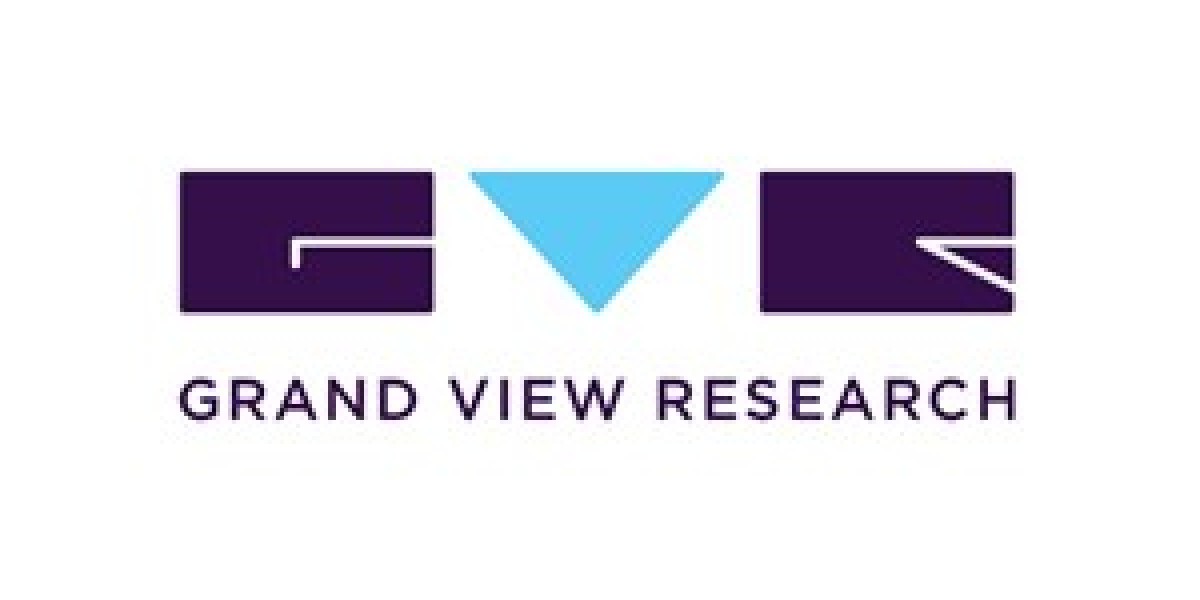Hydrochloric Acid Category Overview
The hydrochloric acid category is anticipated to grow at a CAGR of 6.6% from 2023 to 2030. The rising usage of hydrochloric acid from various end-use industries such as food and beverages, dyes, pigments, steel pickling, water & wastewater treatment, and others is anticipated to drive the category growth. The category is mainly driven by demand in wastewater treatment to adjust pH levels and enhance water quality. A wide range of food products such as cold drinks, cereals, and corn syrups used in biscuits are processed using hydrochloric acid.
Waterborne diseases are a major concern in African countries such as Nigeria. According to UNICEF 2022 report, around 70% of water at the time of consumption is contaminated. Additionally, the U.N. agency stated that contamination is the reason Nigeria has the world’s highest number of deaths due to waterborne diseases among children between five years old. To tackle such problems various government bodies such as UNICEF, and the World Bank are taking initiatives to help wastewater treatment projects in the region. Such initiatives are expected to boost the demand for hydrochloric acid used for water treatment.
Order your copy of the Hydrochloric Acid Procurement Intelligence Report, 2023 - 2030 , published by Grand View Research, to get more details regarding day one, quick wins, portfolio analysis, key negotiation strategies of key suppliers, and low-cost/best-cost sourcing analysis
The production of hydrochloric acid relies directly on the availability of chlorine, and it is mainly generated as a co-product or by product during the production of chlorinated derivative chemicals. Advancements in the production process have evolved over the years due to efficiency, safety, and environmental concerns. Membrane cell electrolysis, hydrogen chloride recovery, and automation and process control are some of the notable innovations in the production process. Membrane cell electrolysis technology has largely replaced the outdated mercury cell electrolysis in chlorine production. Membrane cells offer enhanced environmental benefits by eliminating the need for mercury and decreasing the generation of chlorine gas emissions. Additionally, utilizing advanced automation and process control systems has elevated the accuracy and safety of hydrochloric acid production, thereby mitigating the potential for accidents, and enhancing the quality of the product.
Germany, Japan, and Canada are top hydrochloric acid exporting countries. In 2022, Germany exported acid of around 1.2 million metric tons, and worth of USD 69 Million. Similarly, Canada which ranked second exported over USD 43 million, followed by Japan which exported worth of USD 36 million. In August 2023, the prices of hydrochloric acid prices in the U.S. were around USD 0.08/kg, whereas in Europe the prices were around USD 0.17/kg. In November 2021, the prices of acid in Europe increased sharply, due to a tight supply of raw material Chlorine which resulted in producers looking for the best value to offset high energy costs.
Hydrochloric Acid Procurement Intelligence Report Scope
The Hydrochloric Acid category is expected to have pricing growth outlook of 6% - 7% (annual) from 2023 to 2030, with below pricing models.
- Volume-based pricing
- Competition based pricing
Supplier Selection Scope of Report
- Cost and pricing
- volume
- production capacity
- geographical presence
- compliance
Supplier Selection Criteria of Report
- Quality
- volume range offered
- contract terms
- delivery option
- technology used
- safety and environmental compliance
- location and presence of supplier
- others
Hydrochloric Acid Procurement Intelligence Report Coverage
Grand View Research will cover the following aspects in the report:
- Market Intelligence along with emerging technology and regulatory landscape
- Market estimates and forecasts from 2023 to 2030
- Growth opportunities, trends, and driver analysis
- Supply chain analysis, supplier analysis with supplier ranking and positioning matrix, supplier’s recent developments
- Porter’s 5 forces
- Pricing and cost analysis, price trends, commodity price forecasting, cost structures, pricing model analysis, supply and demand analysis
- Engagement and operating models, KPI, and SLA elements
- LCC/BCC analysis and negotiation strategies
- Peer benchmarking and product analysis
- Market report in PDF, Excel, and PPT and online dashboard versions
Hydrochloric Acid Procurement Cost and Supplier Intelligence
Buyers in the category, such as chemical manufacturers and industrial users, often purchase in bulk. However, they choose from typically multiple suppliers, which gives buyers some negotiation power. Prices are also influenced by factors like supply and demand dynamics and the cost of raw materials. Due to the harmful effects of acid on the environment, companies are obliged to follow safety protocols by various government agencies. For instance, according to the U.S. Food and Drug Administration, Section 182.1057 recognizes hydrochloric acid as safe when used as a neutralizing agent in accordance with good manufacturing practices.
Raw material, labor, land and construction, machinery, utility, packaging, transportation, and others are some of the cost components involved in the production of the category. Hydrochloric acid is produced through various processes such as salt and sulphuric acid, the Mannheim process, and hydrogen and chlorine. The most used method is through hydrogen and chlorine. Raw material and labor costs account for a major part of the total cost.
In terms of hydrochloric acid production, the hybrid model is a popular engagement model in the category, combining in-house and full-service outsourcing. Some suppliers opt for a partial outsourcing model. Companies outsource operations such as packaging, and transportation services. Employing an in-house team for a complete production line from procuring raw material to quality testing, packaging, and transportation can be beneficial for the company. Developing a strong relationship with suppliers of raw materials (hydrogen and chlorine) and ensuring the consistency and traceability of the supply chain is key to sourcing the category.
List of Key Suppliers
- BASF
- AGC Chemicals Americas
- Vynova
- Detrex Chemicals
- Thermo Fisher Scientific
- Kaneka Corporation
- ERCO Worldwide
- Oxy
- Olin
- Tata Chemicals
Browse through Grand View Research’s collection of procurement intelligence studies:
- Disposable Medical Gloves Procurement Intelligence Report, 2023 - 2030 (Revenue Forecast, Supplier Ranking & Matrix, Emerging Technologies, Pricing Models, Cost Structure, Engagement & Operating Model, Competitive Landscape)
- Cyber Security Procurement Intelligence Report, 2023 - 2030 (Revenue Forecast, Supplier Ranking & Matrix, Emerging Technologies, Pricing Models, Cost Structure, Engagement & Operating Model, Competitive Landscape)
- Lab Equipment Procurement Intelligence Report, 2023 - 2030 (Revenue Forecast, Supplier Ranking & Matrix, Emerging Technologies, Pricing Models, Cost Structure, Engagement & Operating Model, Competitive Landscape)
- Commercial Real Estate Services Procurement Intelligence Report, 2023 - 2030 (Revenue Forecast, Supplier Ranking & Matrix, Emerging Technologies, Pricing Models, Cost Structure, Engagement & Operating Model, Competitive Landscape)
Brief about Pipeline by Grand View Research:
A smart and effective supply chain is essential for growth in any organization. Pipeline division at Grand View Research provides detailed insights on every aspect of supply chain, which helps in efficient procurement decisions.
Our services include (not limited to):
- Market Intelligence involving – market size and forecast, growth factors, and driving trends
- Price and Cost Intelligence – pricing models adopted for the category, total cost of ownerships
- Supplier Intelligence – rich insight on supplier landscape, and identifies suppliers who are dominating, emerging, lounging, and specializing
- Sourcing / Procurement Intelligence – best practices followed in the industry, identifying standard KPIs and SLAs, peer analysis, negotiation strategies to be utilized with the suppliers, and best suited countries for sourcing to minimize supply chain disruptions



